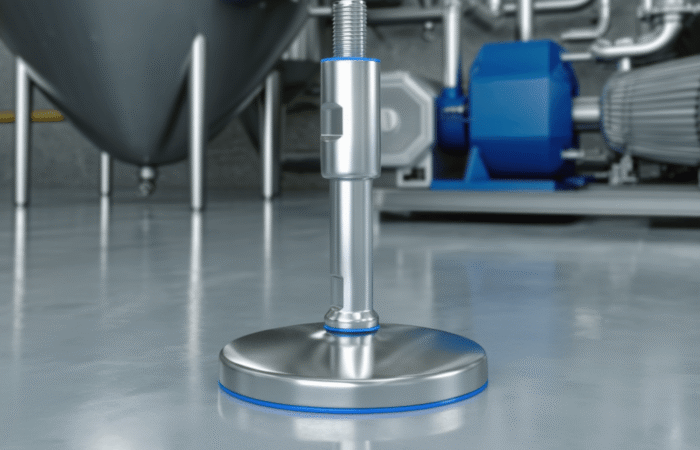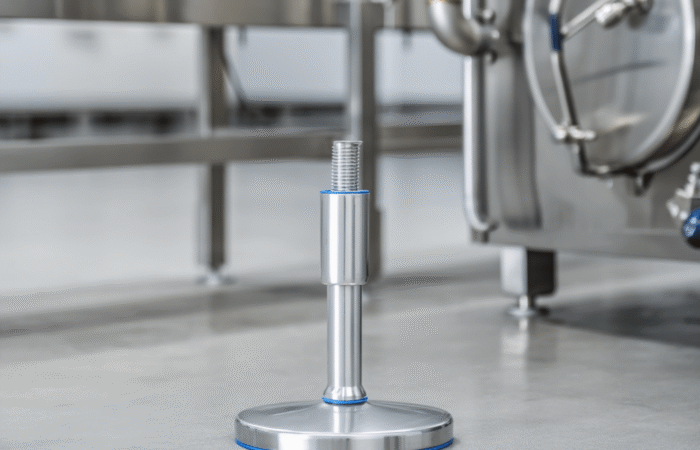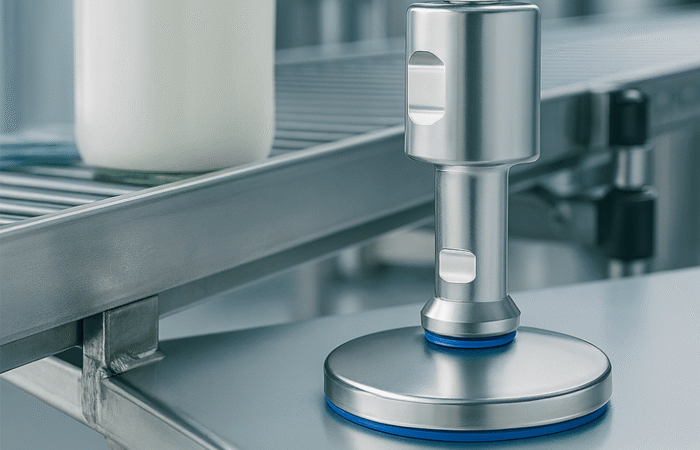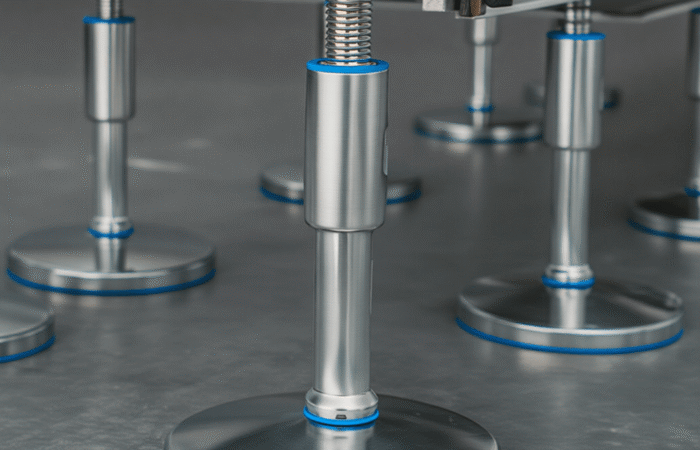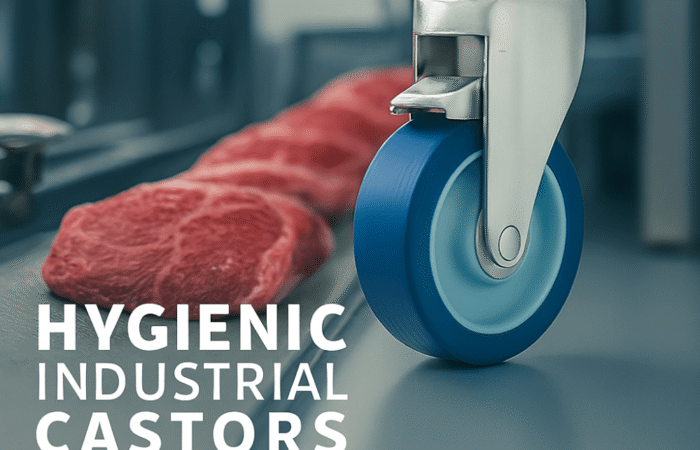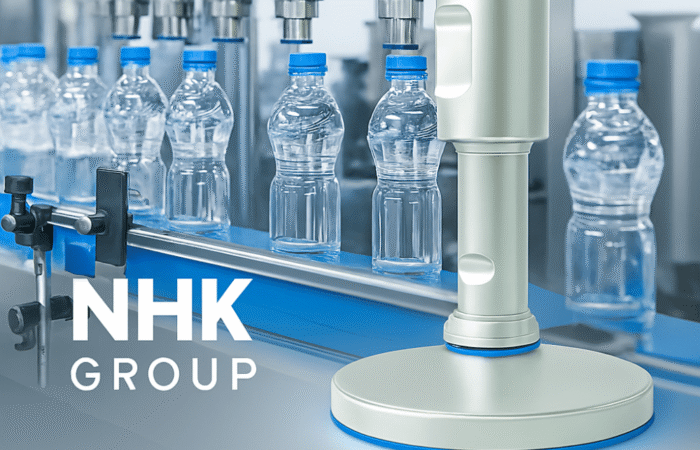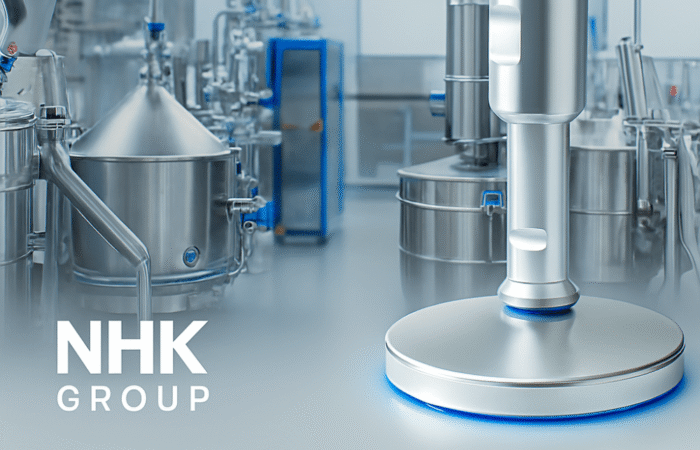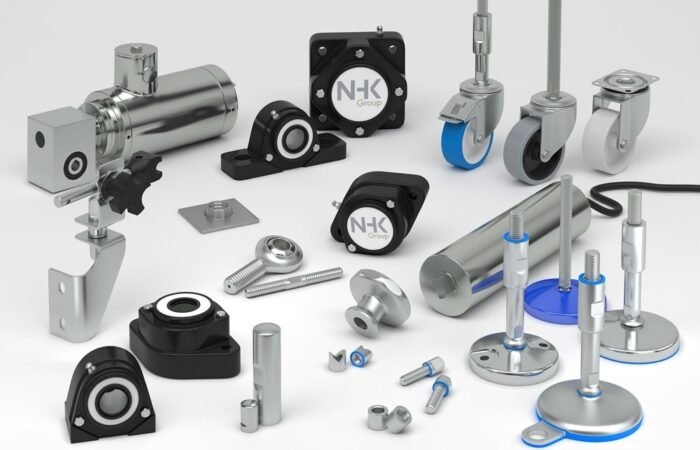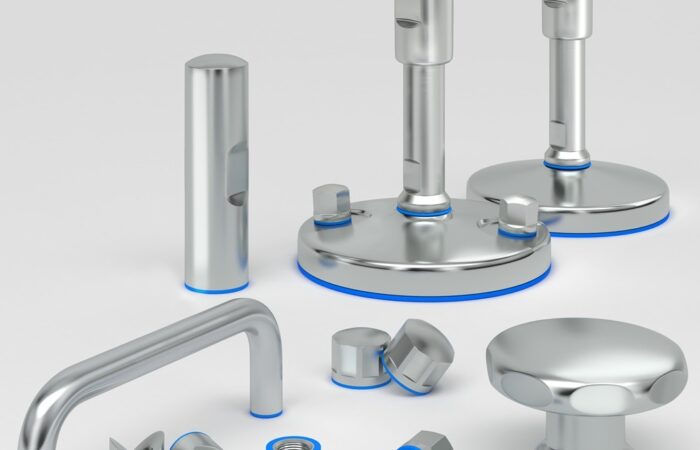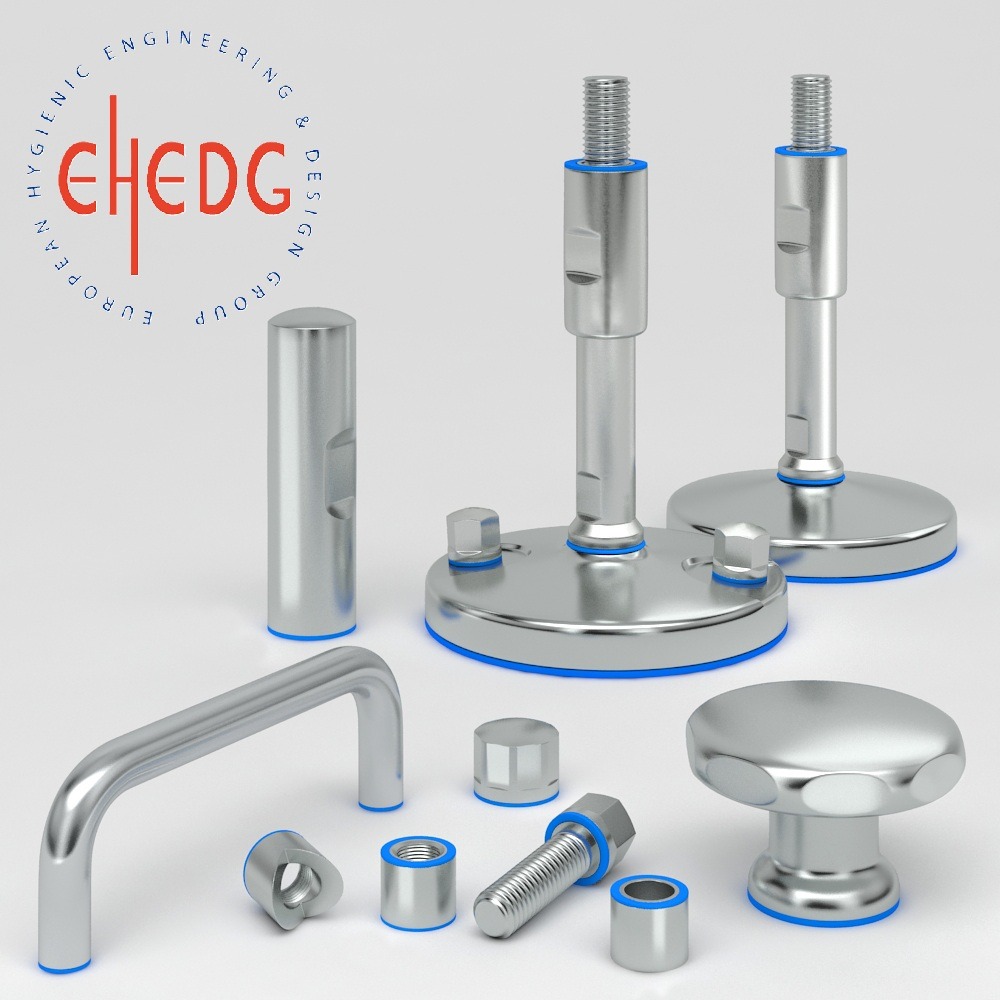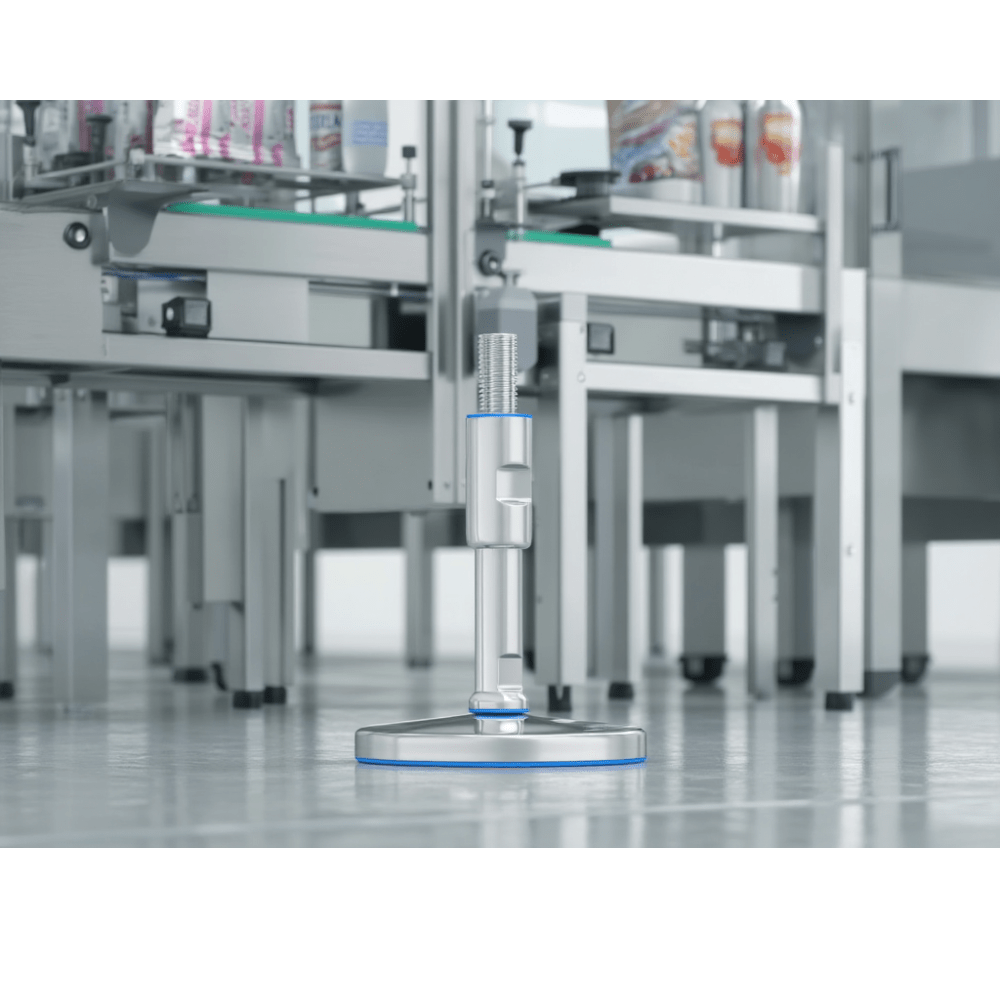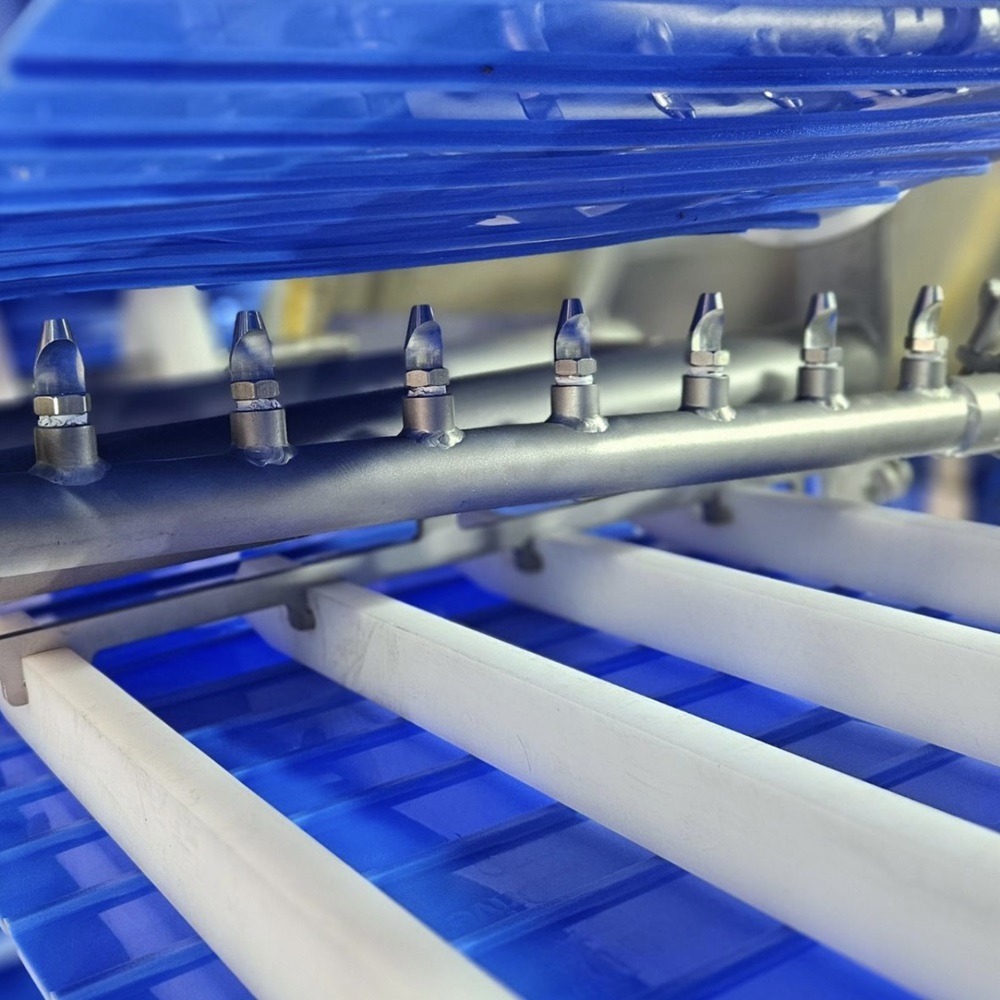
Snack Food Processing
Snack food processing is a thriving sector within the food industry, with increasing consumer demand for convenience and variety. From chips and crackers to pretzels, nuts, and popcorn, snack food manufacturers are constantly innovating to meet consumer preferences. However, while delivering high-quality snacks, maintaining rigorous hygiene standards is paramount. To achieve this, snack food manufacturers rely on hygienic machinery components and sanitary conveyor parts designed to minimize contamination risks and ensure food safety throughout the production process. Product line | NHK Machinery Parts In snack food production, every stage, from frying and extruding to seasoning and packaging, requires specialized equipment that adheres to stringent hygiene standards. This article explores the role of hygienic components and conveyor parts in snack food processing and how these elements contribute to the efficient, safe, and sanitary production of popular snack items. Hygienic design is a fundamental aspect of snack food processing machinery. The equipment used must be designed to minimize potential contamination sources and facilitate easy cleaning and maintenance. For snack food manufacturers, this means selecting components and conveyor parts made from corrosion-resistant materials, such as stainless steel, that can withstand high-pressure washdowns and harsh cleaning agents without compromising structural integrity. Bearing units are integral to the operation of various snack food processing machines, such as fryers and extruders. In a high-moisture environment like a snack production facility, IP67 waterproof bearing units provide robust protection against water ingress and corrosion. This level of protection ensures that the bearings can operate efficiently even in harsh cleaning conditions, reducing the risk of premature failure and downtime. Leveling feet are used to stabilize equipment, ensuring it remains securely in place during operation. In the snack food industry, sanitary leveling feet are designed with a high degree of adjustability and constructed from non-corrosive materials. Their smooth surfaces and hygienic design minimize the risk of contamination, and some models feature drainage channels to facilitate cleaning. Seals and gaskets are used in critical areas of snack food machinery to prevent leaks and contamination. For example, seasoning applicators require hygienic seals to keep spices and flavorings contained, preventing cross-contamination. High-quality hygienic seals are made from FDA-approved materials that resist oil, fat, and cleaning agents commonly used in food processing. Conveyor systems play a pivotal role in snack food production, moving raw ingredients and finished products through various stages of processing. In addition to maintaining efficiency, conveyors must meet strict hygiene standards to prevent product contamination. Modular belt conveyors are widely used in snack food processing due to their flexibility and ease of cleaning. These conveyors consist of interlocking plastic modules that can be easily removed for thorough sanitation. In applications such as chip frying and seasoning, where oils and spices can accumulate, modular belts help maintain hygienic conditions by facilitating regular cleaning. The frame structure of a conveyor is as important as its belt. Stainless steel frames are preferred for their durability and resistance to corrosion. They are designed with open structures and minimal contact surfaces to reduce potential harborage points for bacteria. In snack food processing, stainless steel conveyors are ideal for handling products that require frequent washdowns, such as popcorn or roasted nuts. Roller conveyors are often used in the final stages of snack food packaging. Hygienic conveyor rollers are manufactured with sealed bearings and non-corrosive materials to ensure longevity and sanitary operation. These rollers are designed to minimize dust accumulation and are easy to clean, making them suitable for handling dry snack foods like crackers and pretzels. Implementing best practices for hygiene is essential to prevent contamination and ensure food safety in snack food processing. The following strategies are recommended: The snack food processing industry faces unique challenges when it comes to maintaining hygiene standards. With products ranging from chips and pretzels to nuts and popcorn, manufacturers must carefully select hygienic machinery components and sanitary conveyor parts that are durable, easy to clean, and compliant with food safety regulations. By investing in high-quality hygienic components such as IP67 bearing units, sanitary leveling feet, and stainless steel conveyors, snack food producers can ensure their production lines operate safely and efficiently while delivering top-quality products to consumers. Ensuring the proper selection and maintenance of these components not only safeguards product quality but also supports compliance with industry standards, ultimately contributing to the long-term success of any snack food processing operation. Industrial machinery requires precision-engineered components that meet exacting standards for durability, safety, and performance. This comprehensive guide explores the essential machinery parts that drive modern manufacturing across food processing, packaging, and chemical industries. Understanding the difference between Bearing Housings and Flanged Bearings is crucial for engineers and procurement professionals seeking to optimize equipment longevity. Pillow block bearings, also known as plummer blocks, are self-aligning bearing units that simplify installation and significantly reduce maintenance costs. These versatile components mount on machine frames and support rotating shafts with exceptional precision, ensuring smooth operation in demanding industrial environments. Flange bearing units offer a more compact alternative, featuring integrated flanges that enable direct mounting to flat surfaces without additional hardware. Both designs come in various materials, including stainless steel grades optimized for corrosive environments and food-grade applications where hygiene is paramount. The importance of material selection cannot be overstated in machinery design. 440 Stainless Steel and 420 grades offer distinctly different properties suited to specific applications and environmental conditions. The 440 stainless steel variant provides superior hardness and exceptional edge retention, making it ideal for cutting tools and high-wear applications requiring maximum durability. Meanwhile, 420 stainless steel offers better corrosion resistance and is preferred in food processing equipment where chemical exposure is common. Hygienic stainless steel components have become essential in food machinery, meeting EHEDG standards and facilitating rapid equipment cleaning required in modern food production facilities. Understanding ingress protection ratings is equally critical for machinery durability and operational reliability. IP67 rating ensures protection against dust and temporary water immersion, while IP68 rating provides complete dust protection and sustained water immersion capabilities for submerged operations. The IP69K standard represents the highest protection level, specifically designed for high-pressure wash-down environments found in industrial food processing facilities. These ratings define how effectively machinery components withstand environmental challenges and maintain performance. Modern industrial facilities increasingly demand equipment that combines high performance with ease of maintenance and sanitation. The choice between different bearing types depends on operational requirements, environmental conditions, and budget constraints. Proper component selection ensures extended equipment lifespan, reduced downtime, and improved operational efficiency.Hygienic Machinery Components and Sanitary Conveyor Parts in Snack Food Processing
Ensuring Hygiene in Snack Food Processing
Hygienic Design in Snack Food Processing Equipment
Key Features of Hygienic Design
Essential Hygienic Machinery Components for Snack Food Production
1. IP67 Waterproof Bearing Units
2. Sanitary Leveling Feet
3. Hygienic Seals and Gaskets
Sanitary Conveyor Systems for Snack Food Handling
1. Modular Belt Conveyors
2. Stainless Steel Conveyor Frames
3. Conveyor Roller Systems
Ensuring Hygiene During Snack Food Production: Best Practices
Investing in Hygienic Machinery for Snack Food Processing
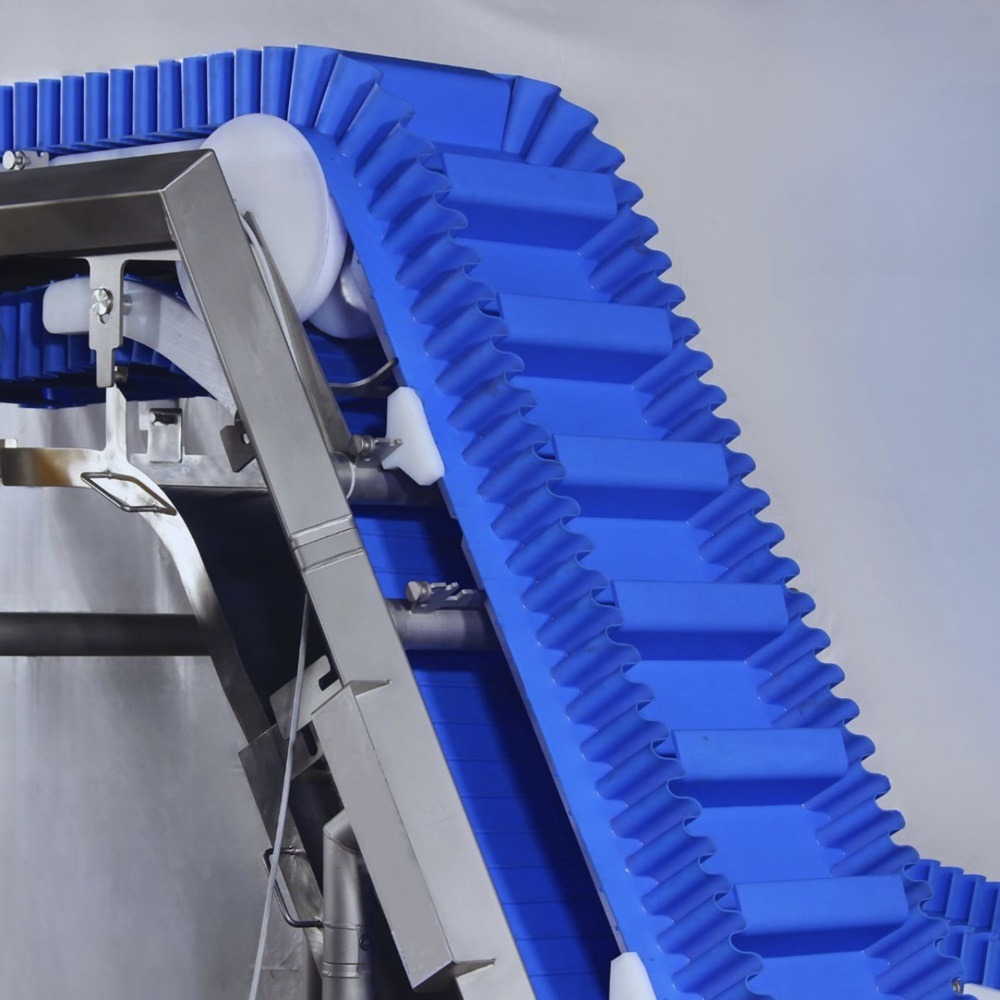
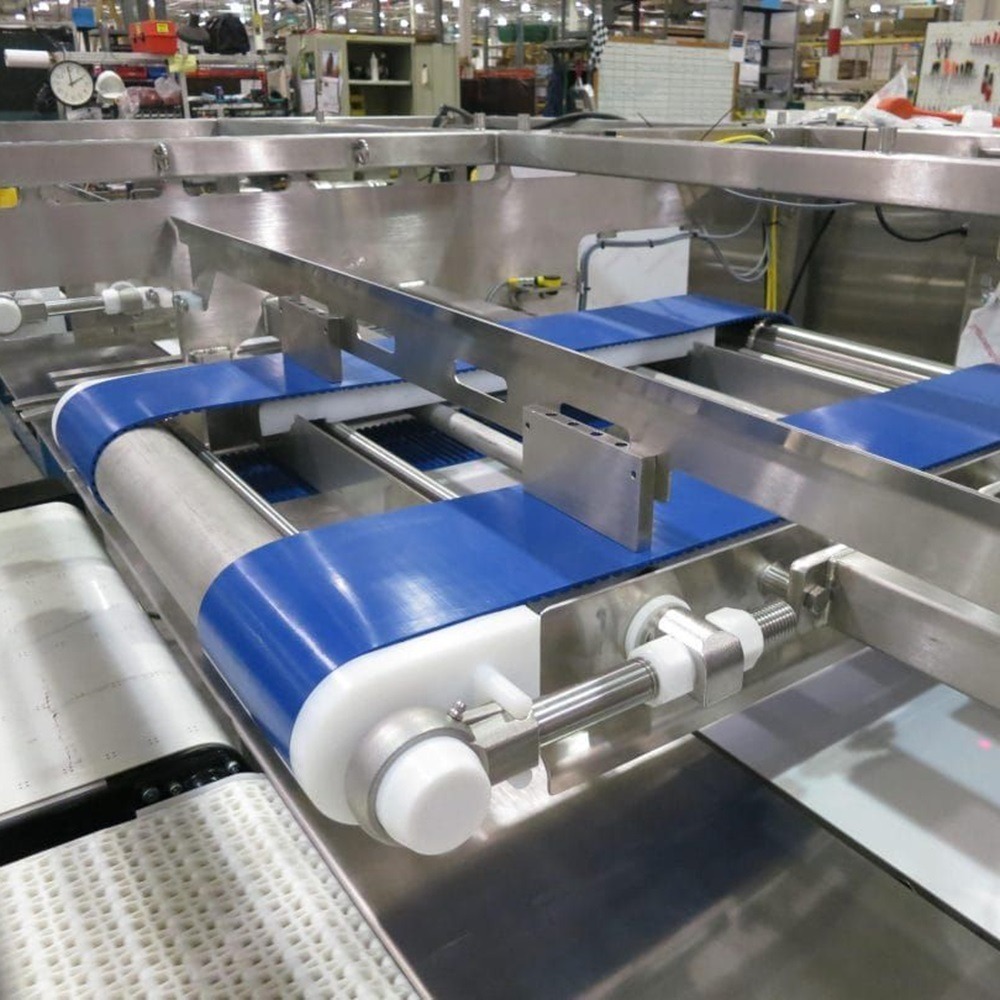
Contact
Understanding Machinery Components & Protection Standards


